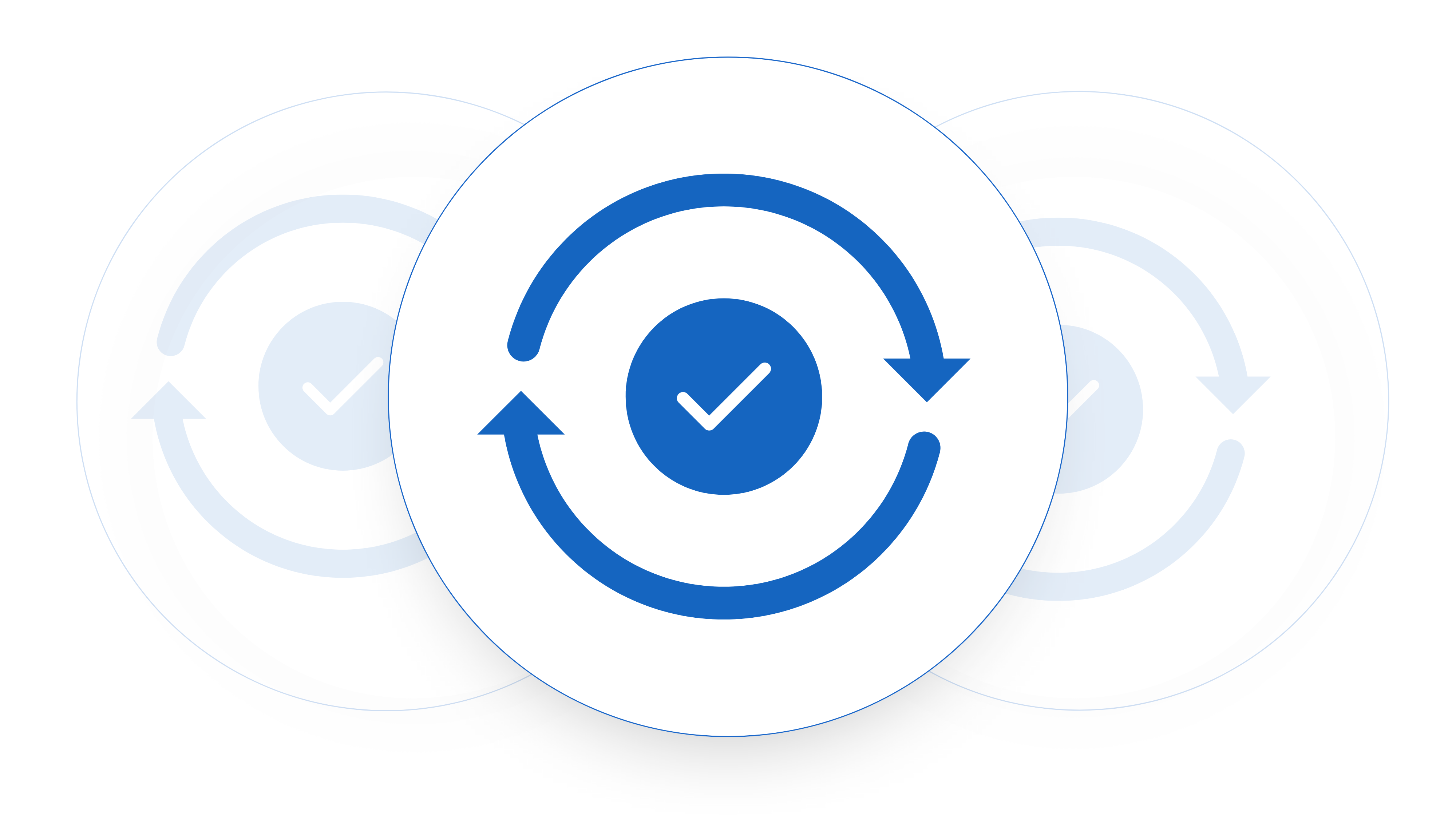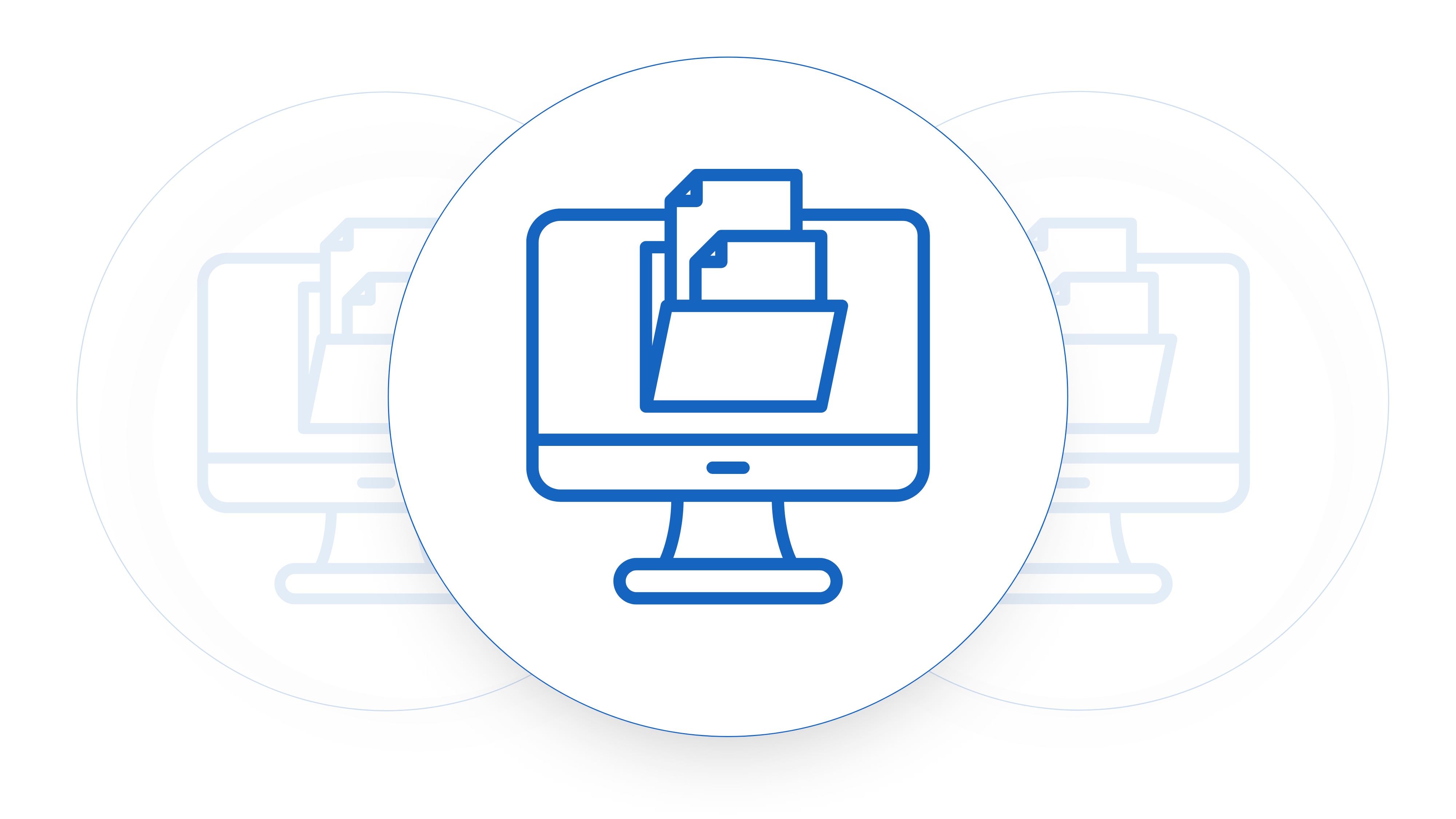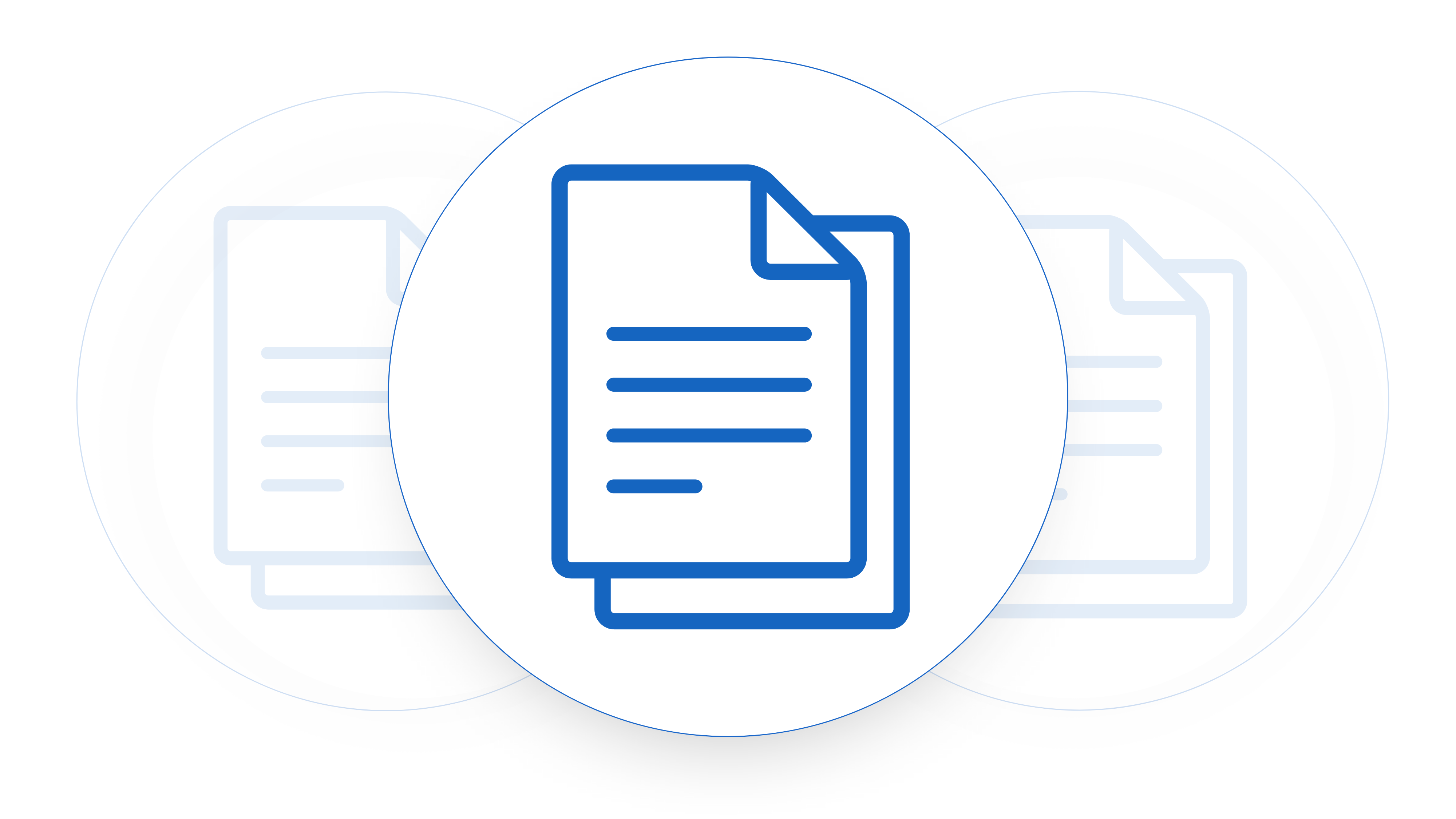Your SaaS companies intellectual property is it’s hard earned asset and it’s something you need to protect. Often when you’re discussing your product with customers you’ll need to let them know information about your company. That goes beyond what you’d publicly disclose. These are the circumstances you need to have a legal agreement in place to protect your IP.
This is common when you’re working with a customer or a partner. When your contract covers project management of the work. You’re doing together. But what if a SaaS customer breaches the NDA, sharing your proprietary data? Let’s look at what protect you have in place and the appropriate steps. To protect your company’s interests and enforce the terms of the NDA.
What Does an NDA Protect When it Comes to a SaaS Customer’s NDA Breach?
Non-Disclosure Agreements (NDAs) are primarily designed to protect your company’s sensitive, Safeguard proprietary information, especially your code, from inappropriate disclosure or use by individuals or entities with whom you share this information. While NDAs can be a valuable tool in safeguarding your confidential data, they have limitations, especially if you’ve used a standard template NDA, and their effectiveness in preventing data breaches can vary. Here are some important points to consider:
Legal Recourse
NDAs establish a legal contract between parties, and if a breach occurs, you may have the legal grounds to pursue a breach of contract claim or other legal remedies. However, pursuing legal action can be time-consuming and expensive. Ultimately it’s a distraction from your core business that, as a startup, you’re likely not to have time to be pursuing.
Deterrence
NDAs can act as a deterrent, in fact, if anything this is one of their main purposes. Knowing that there are legal consequences for breaching the agreement may discourage individuals or companies from attempting to misuse or disclose your confidential information.
NDA Enforceability
The effectiveness of an NDA largely depends on its enforceability. Courts may not enforce NDAs that are overly broad or lack clarity. You’ll also have to understand if it applies across jurisdictions. It’s essential to draft a well-crafted NDA that conforms to applicable laws and regulations to maximize enforceability.
Limited Control
Well-written NDAs cannot offer absolute protection. They cannot physically prevent a determined party from breaching the agreement, and enforcing the NDA after a breach has occurred can be challenging, this is important to keep in mind when you’re using them.
Redline What Matters
Raise Changes For Approval To Turnaround Contracts Faster
Steps to Take in Case of a SaaS Customer’s NDA Breach
In the case of a breach here are a few immediate steps to take to protect your business and your intellectual property.
Review the NDA
First, carefully review the NDA to ensure that the breach is clear and that the customer has indeed violated its terms. The terms of NDA’s can be quite specific and, similar to software licensing, it can have particular carve outs of what can be shared and what can’t be. Make sure you have evidence to support your claim.
Document the breach
Keep records of all relevant communication and evidence related to the breach, including emails, documents, or any other forms of communication that demonstrate the violation of the NDA.
Contact the customer who breached the data
Reach out to the customer in a professional and non-confrontational manner. Express your concern about the breach and ask for an explanation. It’s possible that the breach may have occurred due to a misunderstanding or an unintentional disclosure.
Seek a resolution
If the breach was accidental or due to a misunderstanding, work with the customer to find a resolution. This could involve revising the NDA, clarifying terms, or providing additional training on handling sensitive information such as code bases or tech stacks.
Legal action
If the breach is severe, intentional, or cannot be resolved just between the parties involved, consult with your legal counsel. They can advise you on the appropriate legal actions to take. This may involve sending a cease and desist letter, initiating a lawsuit, or pursuing arbitration, depending on the terms of the NDA and applicable laws.
Enforce contractual remedies
Review the NDA for any provisions that outline remedies for breaches. These may include financial penalties, damages, or other consequences for the breaching party. If such provisions exist, you can pursue them through legal channels.
Protect sensitive information
Take steps to mitigate further damage by ensuring that any sensitive information that was disclosed is protected or retrieved. This may involve securing your data or taking legal action to prevent the customer from using the disclosed information.
Prevent future breaches
After addressing the current breach, review your internal processes and security measures to prevent future breaches of NDAs. This may include enhancing data security, providing employee training, and implementing stricter access controls.
Maintain records
To better manage confidentiality and privacy of your contracts throughout this process, maintain thorough records of all communications and actions taken. These records can be crucial if legal action becomes necessary.
Consult with legal counsel
It’s important to involve legal professionals throughout the process to ensure that you are following the law and taking the appropriate steps to protect your interests.
Remember that in the case of a SaaS customer’s NDA breach legal proceedings can be time-consuming and costly, so it’s often in your best interest to try to resolve NDA breaches through negotiation or alternative dispute resolution methods when you’re able to. Consulting with legal counsel knowledgeable with SaaS is crucial to determine the best course of action based on the specific circumstances of the breach and the terms of the NDA.











